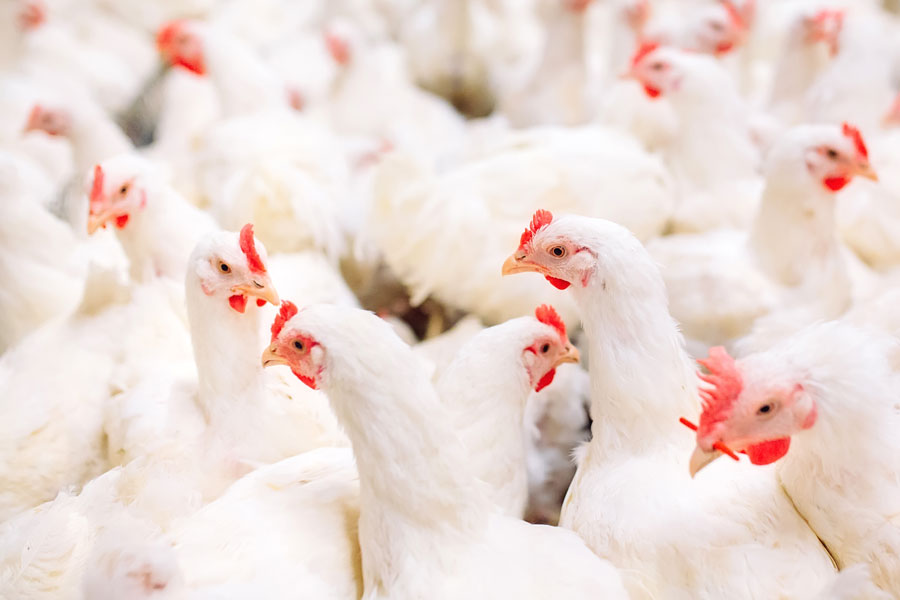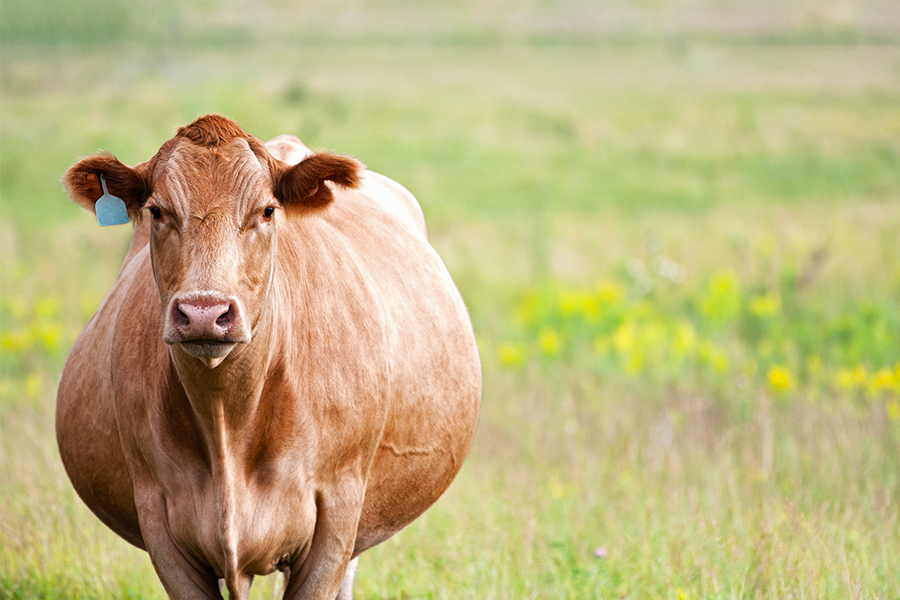Animal Production
-

Poultry farming is the number one agricultural enterprise in Georgia. It is important to protect this vital industry by developing prudently-devised and factually-based zoning ordinances. This publication discusses components and terminology when drafting ordinances related to poultry production.
Dan L. Cunningham and Casey W. Ritz
|
-

In commercial poultry houses, bird density and distribution in drinking, feeding, and
resting zones are critical factors for evaluating flock productivity, bird health, and well-being. Proper distribution of chickens in the house greatly influences animal well-being and house environmental management. Currently, routine daily inspection of broiler flock distribution in commercial grow-out houses is done manually, which is labor-intensive and time-consuming. UGA poultry science researchers currently are developing an automated imaging system for monitoring floor distribution of chickens.Ongoing studies are focusing on detection of individual chickens with different gait scores in the research facility. It’s challenging to track individual birds with early health or welfare concerns using a computer vison-based method, but it is necessary and critical for producers to identify birds with well-being concerns and address those issues quickly.
Sammy E. Aggrey, Casey W. Ritz, Todd Applegate, Lilong Chai, and Adelumola Oladeinde
|
-

Georgia poultry farmers are among the best in the world at growing chickens using state of the art technology, housing systems, and best management practices. To protect this vital business for Georgia farmers, it is important that agricultural zoning ordinances be prudently devised and factually based.
Dan L. Cunningham and Casey W. Ritz
|
-

One of the most important components of a zoning ordinance for poultry farms relates to the set-back distance required for the location of poultry production houses. It is important that set-back requirements for poultry houses be based on facts rather than emotions.
Dan L. Cunningham and Casey W. Ritz
|
-

Cattle producers commonly evaluate reproductive performance by determining how many cows became pregnant during the breeding season. Although pregnancy rates are important, when the females become pregnant within the breeding season is a major component of cow-calf profitability. Cows that become pregnant early in the breeding season calve earlier in the calving season. Consequently, they have more time to recover before the next breeding season, which increases their chances of becoming pregnant and staying longer in the herd. Estrus synchronization programs have the ability of inducing estrus and can be combined with natural service to increase the percentage of cows and heifers that become pregnant early in the season. This publication describe different synchronization protocols that can be incorporated by cow-calf producers utilizing only natural service.
Nathan Eason, Jason Duggin, Pedro Fontes, and Andy Carter
|
-

Determining an equitable price for purchased forages is a necessary but often uncomfortable topic of discussion for feed growers and purchasers. Usually this discussion is in the context of corn silage; however, the same principles can be used in any discussion involving hay, baleage or grains. In order for an input market to be efficient, the price agreed upon by both buyers and sellers should adequately compensate the producer while still allowing the purchaser the opportunity to economically use the input.
Jeremy Kichler and R. Curt Lacy
|
-

The number of calves sold is a major source of income from a cow/calf operation. A high percent calf crop increases profit. Reproductive efficiency is the first factor to consider in a breeding program. A beef cow must conceive in the first 40 to 60 days of the breeding season, have a live calf unassisted, breed back to calve every 12 months, and raise a calf that is heavy enough to be profitable. To accomplish this, she must be managed correctly.
Carole Knight and Ted G. Dyer
|
-

Genomic testing is not a new idea in the eyes of science, but its application in today’s beef industry is still met with some confusion. The purpose of this publication is to explain to county agents and producers how genomic testing works, how to use the results, and why this technology is valuable to cattlemen. This bulletin covers a simple history of genetic technology; parentage testing and simple inheritance; how genomic tests work, including sample collection and how results are used; and accuracy and GE-EPDs.
Jacob R. Segers
|
-

This publication provides information on (1) the nutrient content of manures available for land application, (2) how to determine manure application rates and whether supplemental fertilizer will be needed for maximum crop production and (3) how to use management techniques to maximize the fertilization potential of farm manures.
L. Mark Risse
|